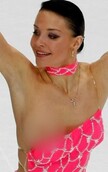
To be an Olympic Athlete, a competitor must rise early ‒ really early ‒ work harder than hard, and dedicated his/her entire life to the sport in pursuit of excellence. Then, you’re there… at the Olympics, ready to put yourself out there and give it 200%. The biggest moment of your life; your chance to fulfill your potential at last… and then “rip” or “pop”.
Wardrobe malfunction! But you gather your courage, slap on a smile, and sweat it out with finesse and finish like a pro.
It must be devastating to know that, even though you won the gold, silver, or bronze, or just finished, that any time anyone mentions your name, they will remembering something ripping or a body part instead of your achievements. This happens more often than the audience ever knows, particularly the television audience. It can happen to anyone in any sport. Here are a few of popular examples from recent Olympics.
Image Credits: Getty Images
Image Source: nickiswift.com/oympic-wardrobe-malfunctions
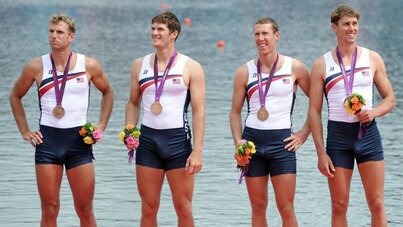
At the Summer Olympics of 2012 the American Rowing team won the bronze medal in the not-at-all accurately titled "coxless four" event. How the event got that name, I don’t know, but not from the 2012 team.
No one’s clothes flew apart or popped out embarrassing body parts, but the tight trunks left nothing to the imagination.
| on Ponomarenko's shirt gave out, exposing to the spectators in the stands at Sarajevo and to TV audiences at home, a hairy stomach and the top of a pair of underpants. | Image Source: pinterest.com/pin/651966483540546760/ |
ICE DANCING
This notable malfunction occurred at the 2018 Winter Olympics. Ice dancer Yura Min and Alexander Gamelin had barely begun their routine in the pairs competition when the “load bearing” fastener at the back of Min’s neck came undone. The fastener held the whole costume together, and the South Korean skater told USA Today she was "terrified the entire program."
Image Credits: REC/Shutterstock
Image Source: mirror.co.uk/wardrobe-malfunctions-winter-olympics-2018
Image Credits: Source: seen.co
Image Source: https://fiveo.com/olympic-wardrobe-malfunctions
SPRING BOARD DIVING
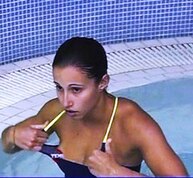
Image Source: healthyceleb.com/wardrobe-malfunctions/
Speed skaters wear skin-tight jumpsuits that allow them to zoom across the ice with as little drag as possible ‒ and no chance of popping out body parts.
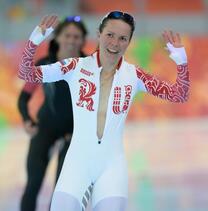
Image Credits: AFP - Image Source: mirror.co.uk/wardrobe-malfunctions-winter-olympics-2018
French ice dancing duo Gabriella Papadakis and Guillaume Cizeron were gold medal favorites as they began their short program at the Winter Olympics in PyeongChang, China in 2018. Then things went wrong –not so much dancing-wise, but with Papadakis' wardrobe.
Source of images: mirror.co.uk/wardrobe-malfunctions-winter-olympics-2018 Credit: Getty Images
Papadakis bravely soldiered on during the performance but left the ice in tears and skipped the Q&A with the media, letting Cizeron handle the questions. "It is not what we get ready for when we train," he said. "I am still proud that we managed to pull out a program like that even with a difficulty like this." Papadakis and Cizeron returned to the ice (with a new wardrobe) for the free program, scored a record-breaking high score for that portion of the competition, and took home a silver medal in ice dancing.
WATER POLO
Water Polo is a fast and physical contact sport, so it is not surprising there are not more bathing suit malfunctions than there are but they are the kind that the media loves.
Image Credits: YouTube
▼ Image Source: nickiswift.com/oympic-wardrobe-malfunctions
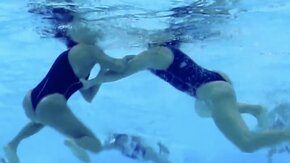
Greek national water polo team star Christina Tsoukala was the subject of a telecast match during the 2008 Summer Olympics when her swimsuit decided to move out of place and exposed her left breast. Christine, 17 at the time, wasn’t even aware of it.
Image Source: electropiknik.com/wardrobe-malfunctions ▼
| ▲Image Credits: AFP/Getty Images Image Source: mirror.co.uk/wardrobe-malfunctions-winter-olympics-2018 | Spanish water polo player Laura Lopez flashed a nipple when her costume slipped down at the FINA World Swimming Champion ships in 2009. |
BOBSLEDDING
Olympian Christopher Spring, driver for the Canadian Olympic bobsled team, suffered a malfunction in his tight fitting suit at the 2014 Sochi Olympics. Fortunately, he has a good sense of humor and saw the funny side of it, as he posted a behind-the-scenes picture to his Twitter account where the suit tore open, exposing what he called his “Power Belly”. The picture was taken down in a few hours.
Image Credits: Pinterest Image Source:
▼Image Source: fiveo.com/olympic-wardrobe mirror.co.uk/wardrobe-malfunctions-winter-olympics ▼
| Italian swimmer Flavia Zoccari was left red-faced and tearful after flashing her backside when her costume failed at the Mediterranean Games in 2009. Right before the start of the 200 Meter Finals, she was forced to withdraw from the games because of her swimsuit. The swimsuit brand, which features a special back-hinge, has been under controversy recently. First it was banned by FINA, the official swimming organization, then reinstated. Image Credits: REX/Shutterstock ► Image Source: mirror.co.uk/wardrobe-malfunctions |
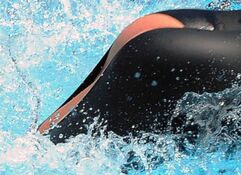
◄ Image Sourcebing.com/images/search?view
COSTUME DESIGN IN GENERAL
Sometimes the Costume Designers for the Olympic teams in various countries go off the deep end with the costume designs. The malfunction may be the color or color combinations, graphic design. Or just plan unfamiliarity with the movements and stresses the sport requires for its wearer or just plain inappropriate.
Image Credits: wittyfeed.me
Image Source: fiveo.com/olympic-wardrobe-malfunctions/
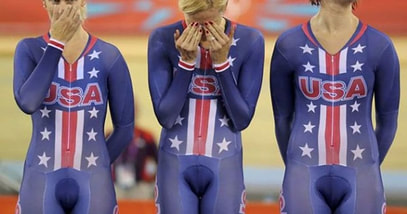
Come on! We should treat our athletes better than this.
Just Say'n
■
Sources:
https://time.com/5144356/yura-min-wardrobe-malfunction/
https://www.mirror.co.uk/sport/gallery/wardrobe-malfunctions-winter-olympics-2018-12055162
https://www.nickiswift.com/110950/olympic-games-most-awkward-wardrobe-malfunctions/?utm_campaign=clip
pinterest.com/pin/651966483540546760/
https://www.mirror.co.uk/sport/gallery/wardrobe-malfunctions-winter-olympics-2018-12055162
https://fiveo.com/olympic-wardrobe-malfunctions
https://healthyceleb.com/top-10-athlete-ridiculous-wardrobe-malfunctions/
https://www.thethings.com/photos-of-female-athletes-with-olympic-outfits/
https://www.mirror.co.uk/sport/gallery/wardrobe-malfunctions-winter-olympics-2018-12055162
https://electropiknik.com/news/15-hilarious-sports-wardrobe-malfunctions/2015/04/9/
https://www.sbnation.com/lookit/2014/2/17/5418766/canadian-bobsledder-splits-suit-in-wardrobe-malfunction
https://www.bing.com/images/search?view=detailV2&ccid=HTzGr8JP&id=092A0019550648FF3F3862681F6C7AB3CC5B0CFD&thid=OIP.HTzGr8JPWCKplDTHdf-1LgAAAA&mediaurl=https%3a%2f%2f149369176.v2.pressablecdn.com%2fwp-content%2fup
https://www.cnn.com/2018/02/25/sport/pyeongchang-2018-winter-olympics-top-moments/index.html#:~:text=The%20Pyeongchang%202018%20Winter%20Olympics%20kicked%20off%20with,hosted%20the%201988%20Summer%20Gam
https://www.cnn.com/2018/02/25/sport/pyeongchang-2018-winter-olympics-top-moments/index.html#:~:text=The%20Pyeongchang%202018%20Winter%20Olympics%20kicked%20off%20with,hosted%20the%201988%20Summer%20Gam
https://3.bp.blogspot.com/_RpOiQTpEgaU/Sm7-4Gvq17I/AAAAAAAACEw/foeaK86nWL4/s1600-h/Ricky+Berens+swimwear+malfunction
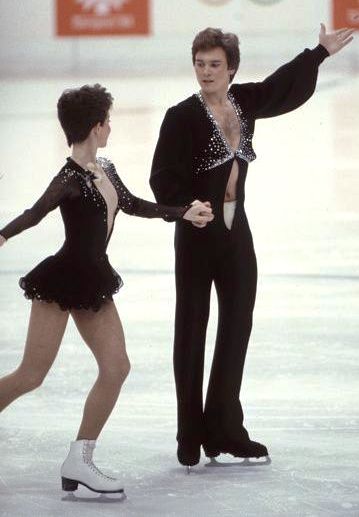
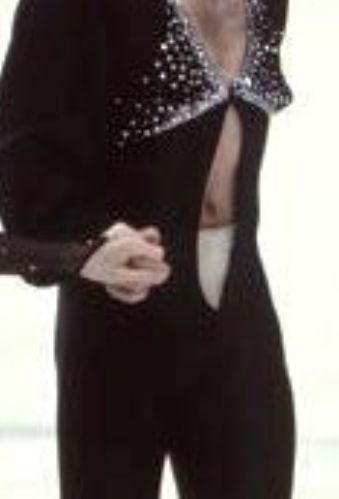

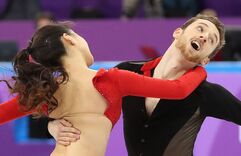
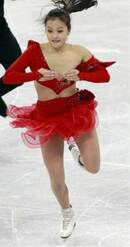
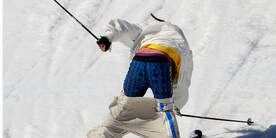
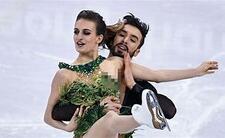
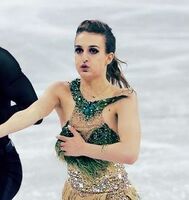
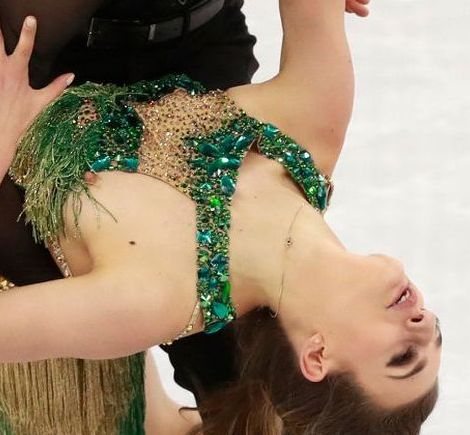
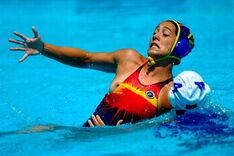
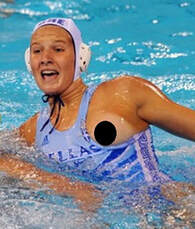
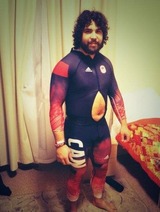
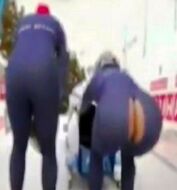
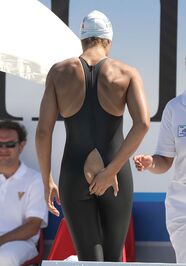

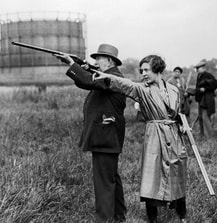
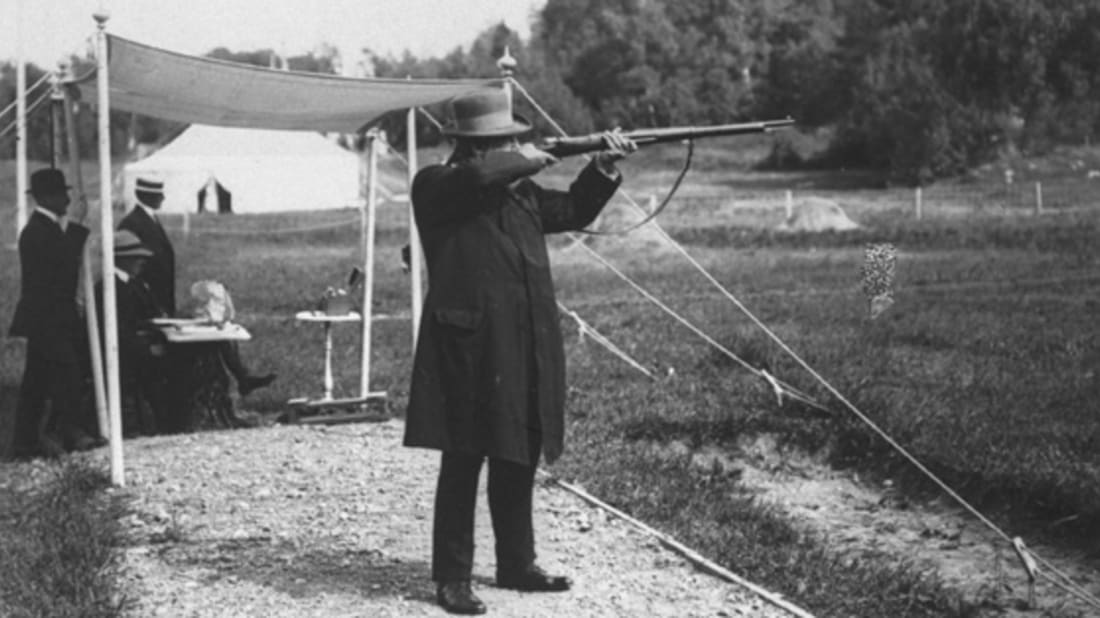
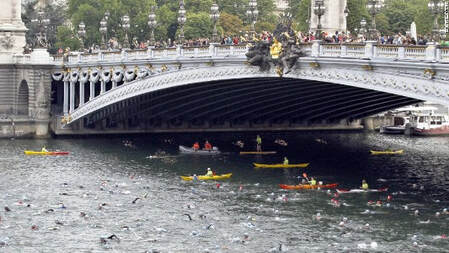
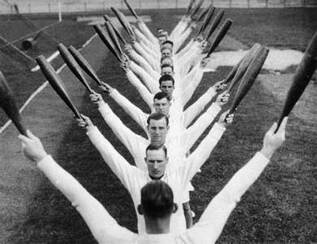
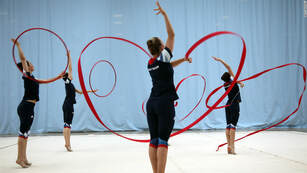
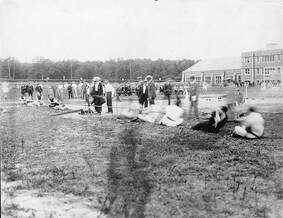
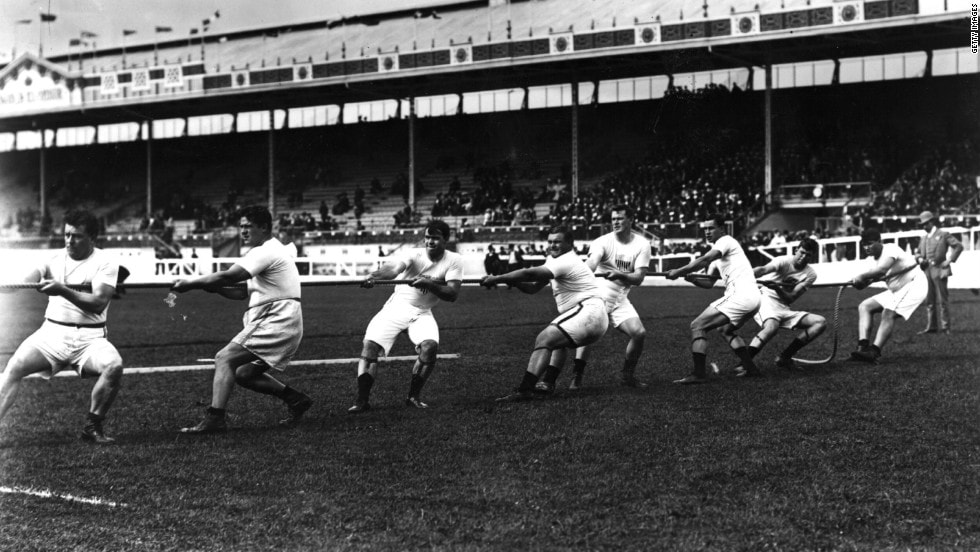
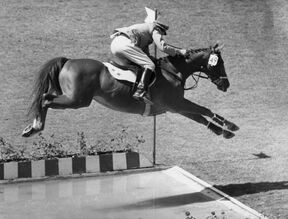
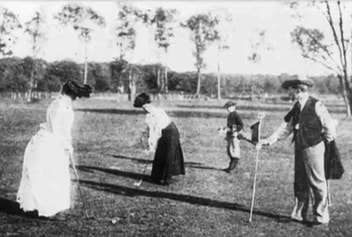
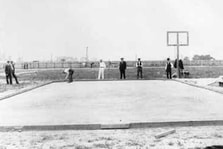
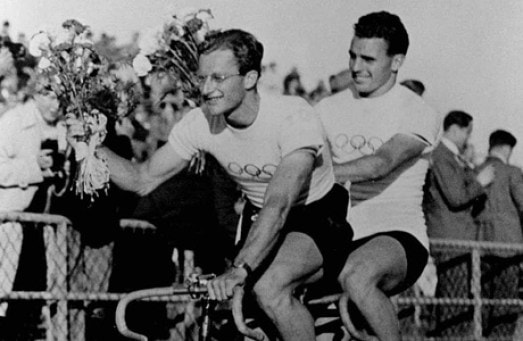
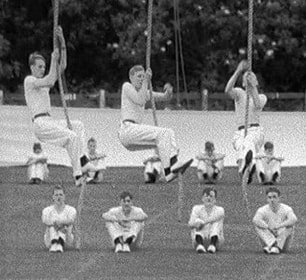
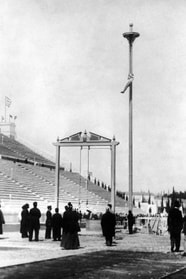
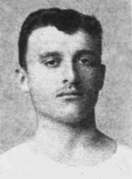
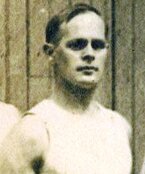
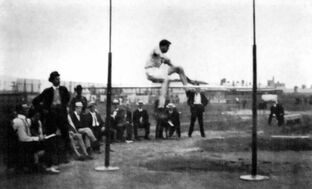
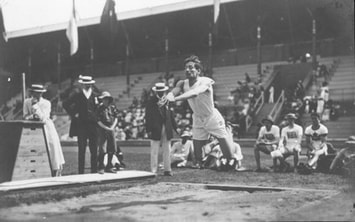
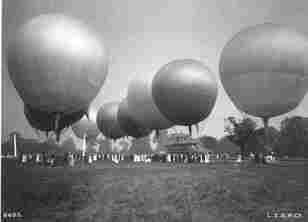
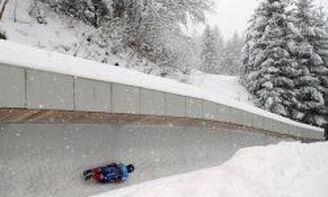
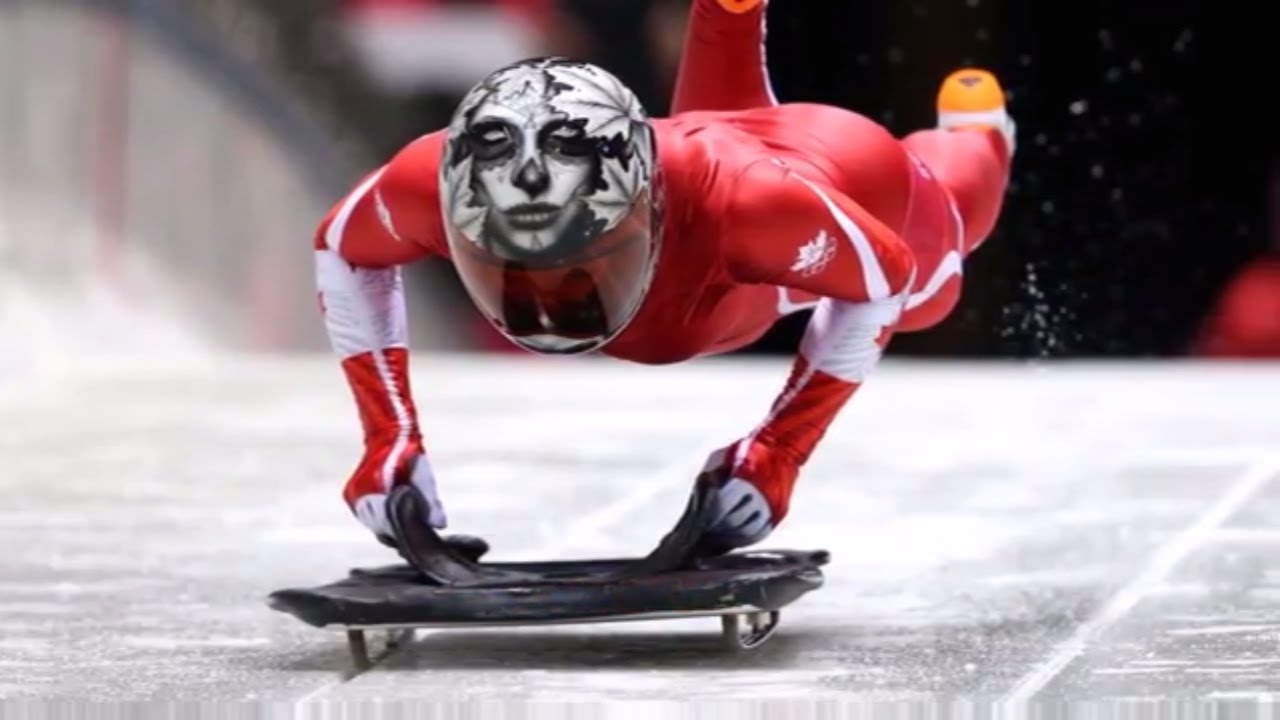
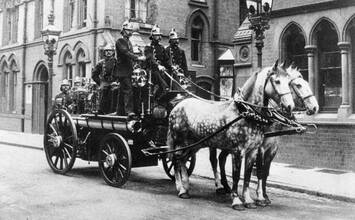
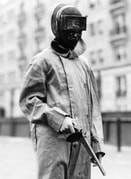
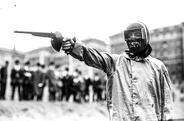
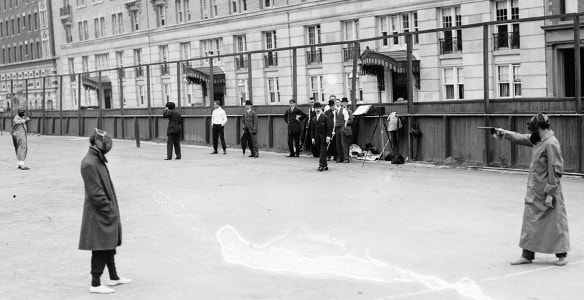
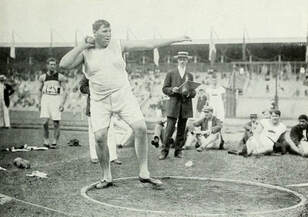
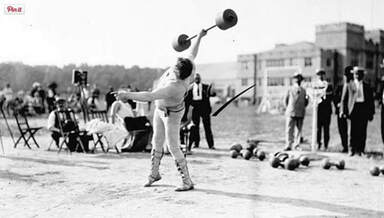
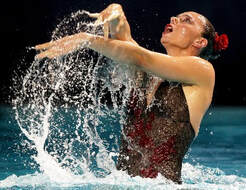
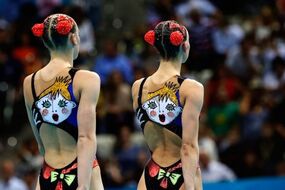
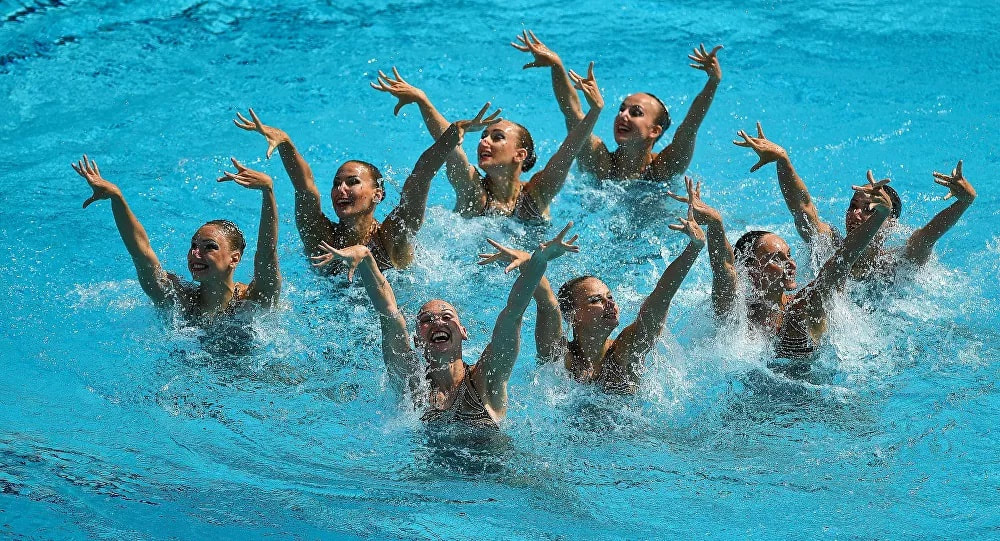
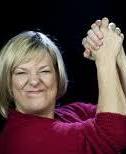

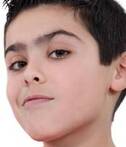
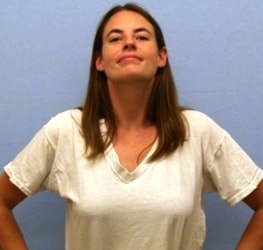
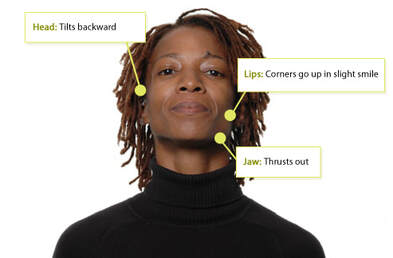
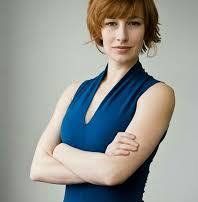




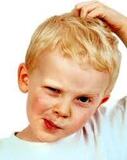
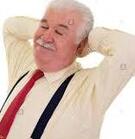

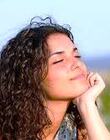
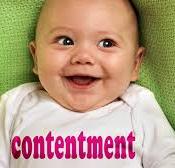
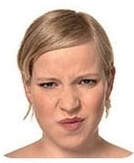

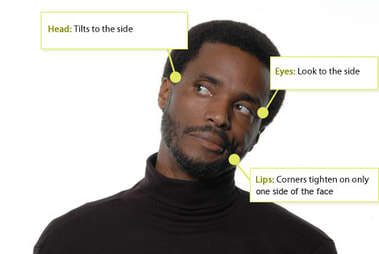
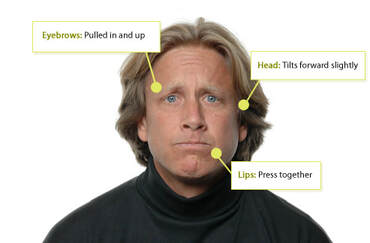
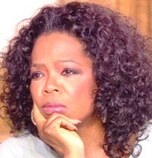



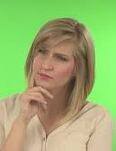
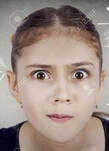

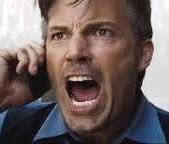

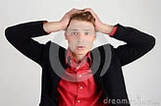
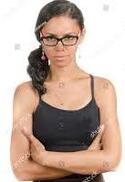

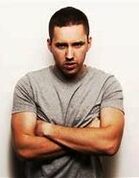



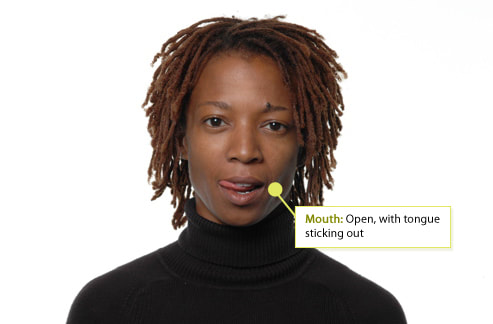


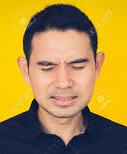
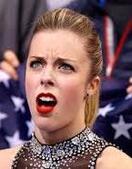
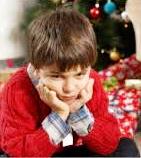
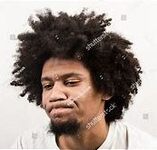
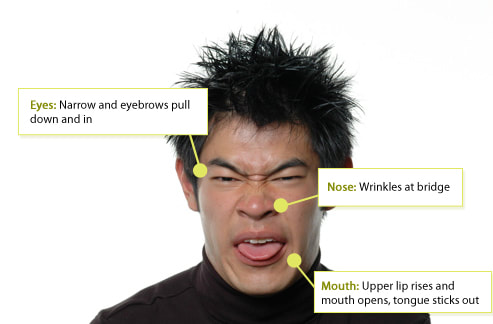
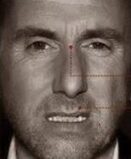
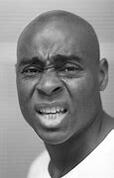
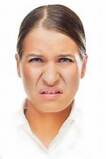
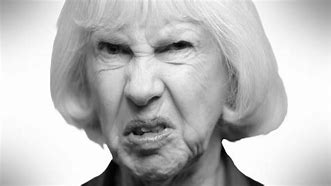

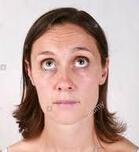
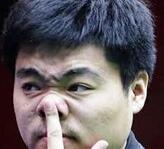


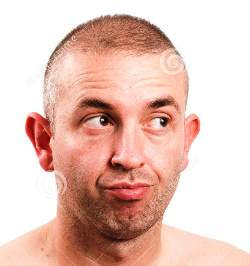

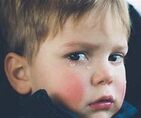
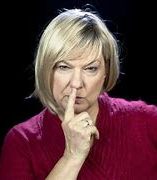

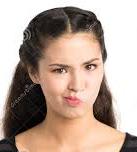
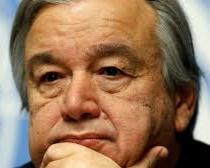


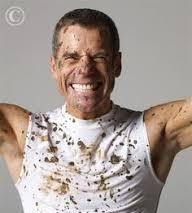
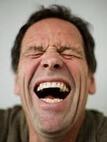
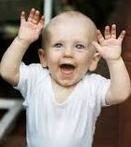
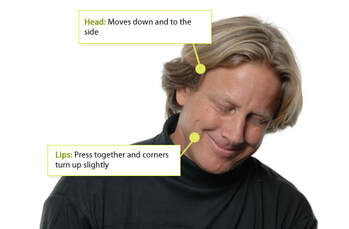
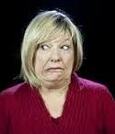
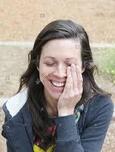





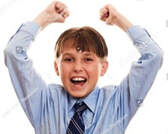
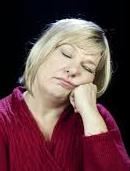

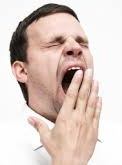
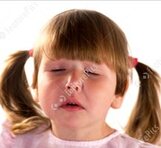

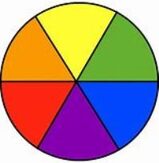


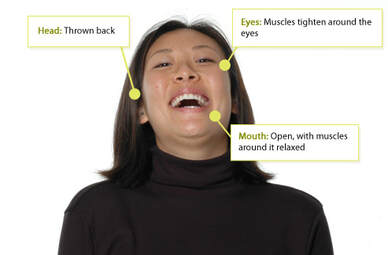

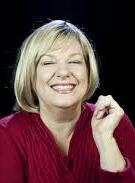
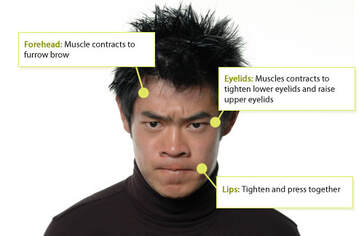




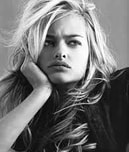
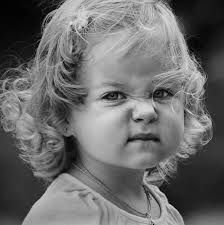

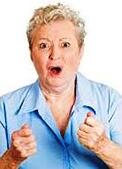
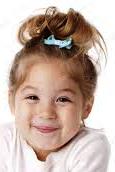

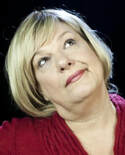

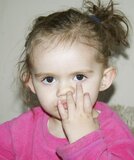

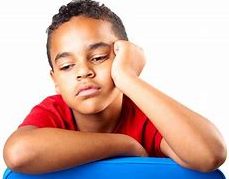

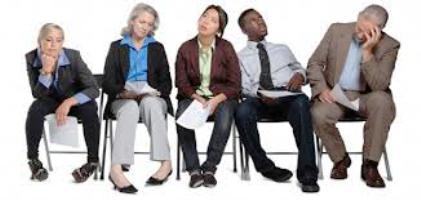

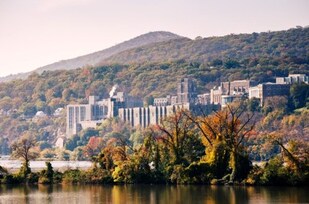
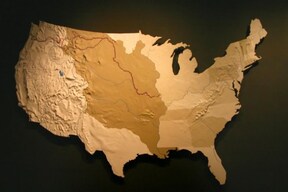
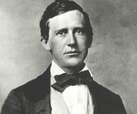
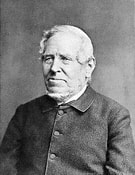
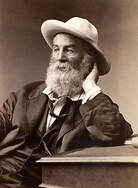
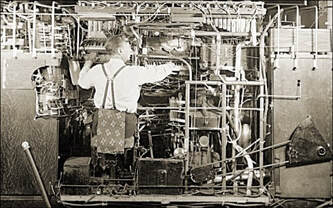
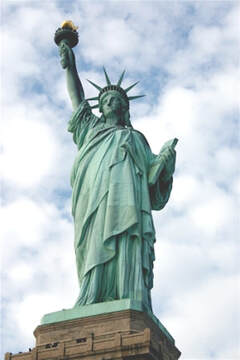
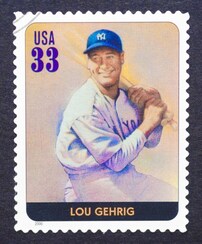
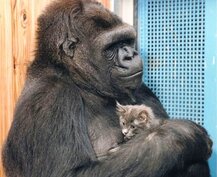

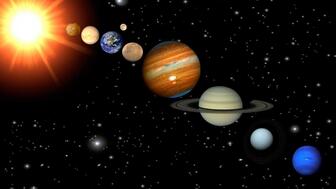
 RSS Feed
RSS Feed